
What to see and how to visit the Orsay Museum
The Musée d'Orsay is basically arranged on five floors and is divided into two criteria: the first is chronological, which can be accomplished thanks to the presence of highlighted itineraries; the second is monographic, with special rooms dedicated to each artist.
Entrance to the museum is organised into four entrances, each reserved for a specific type of user: entrance A for individual visitors; entrance B for groups of adults with a reservation; entrance C for visitors with priority rights and individual visitors with a reservation; entrance D for school groups with a reservation.
As soon as you enter, here is what to see at the Musée d'Orsay, i.e. the ten works you must not miss.
1 - Self-portrait

Date of creation: 1889
Author: Vincent Van Gogh
Dimensions: 65x54 cm
Technique: oil on canvas
2 - Breakfast on the Grass
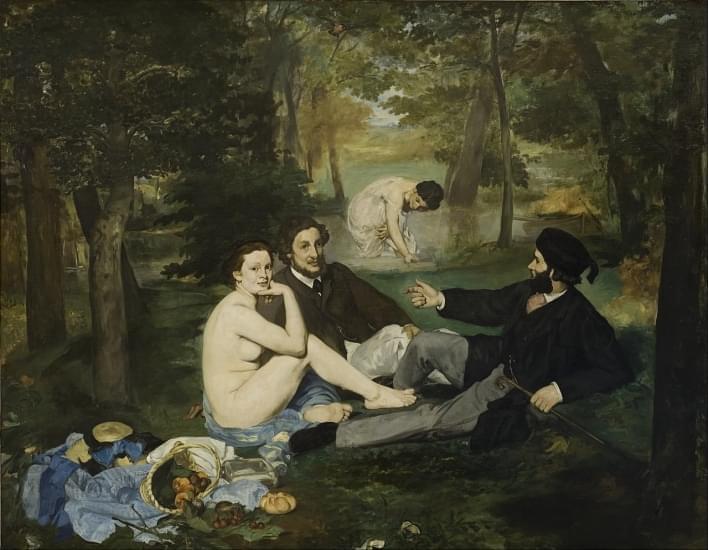
Date of creation: 1862-1863
Author: Edouard Manet - Claude Monet
Dimensions: 208x264 cm
Technique: oil on canvas
3 - The Dancing Lesson

Date of creation: 1873-1875
Author: Edgar Degas
Dimensions: 85x75 cm
Technique: oil on canvas
4 - Two Tahitian Women

Date of creation: 1891
Author: Paul Gauguin
Dimensions: 69 cm x 91,5 cm
Technique: oil on canvas
5 - Bal au Moulin de la Galette
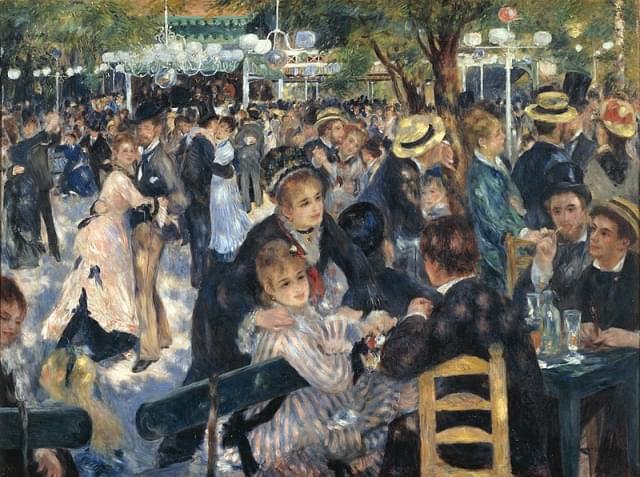
Date of creation: 1876
Author: Pierre-Auguste Renoir
Dimensions: 131 cm x 175 cm
Technique: oil on canvas
6 - The circus
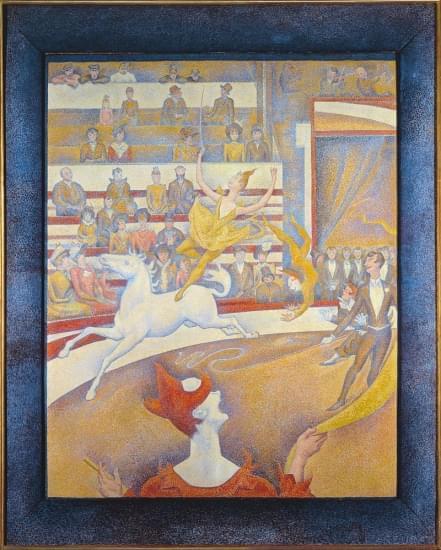
Date of creation: 1891
Author: Georges Seurat
Dimensions: 185.5 cm x 152.5 cm
Technique: oil on canvas
7 - The Card Players
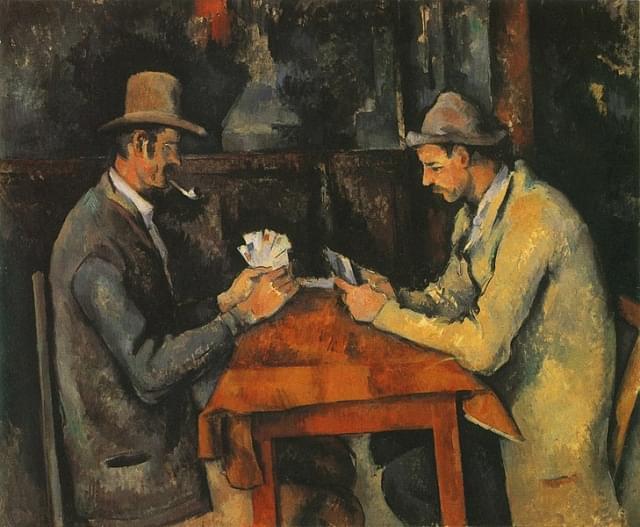
Date of creation: 1890-1898
Author: Paul Cézanne
Dimensions: 47.5 cm x 54 cm
Technique: oil on canvas
8 - The Origin of the World
Certainly the most controversial of the works exhibited at the Musée d'Orsay, Coubert's The Origin of the World depicts the female genital organ in its crudest and most realistic form, in a marriage of eros, femininity and fertility. Although highly allusive, the work does not fall into the category of pornographic paintings, thanks to the moderate use of colours and shadows.
Date of creation: 1866
Author: Gistave Coubert
Dimensions: 46 cm x 55 cm
Technique: oil on canvas
9 - Poppies

Date of creation: 1873
Author: Claude Monet
Dimensions: 50cm x 65 cm
Technique: oil on canvas
10 - The Church of Auvers

Date of creation: 1890
Author: Vincent Van Gogh
Dimensions: 94 cm x 74 cm
Technique: oil on canvas
Opening hours and prices
Hours: open Monday to Sunday, 9:30am to 6pm; Thursdays until 9:45pm. Closed every Monday, 1 May and 25 December. Groups only Tuesday to Saturday, by prior arrangement
Best time to avoid queues: the days with the lowest attendance are estimated to be Wednesdays, Fridays and Thursdays from 18:00. The highest attendance is estimated to be on Tuesdays and Sundays
Ticket price: €14.00
Reductions: €11.00 for accompanying persons of a child under 18 years of age resident in the European Union, for a maximum of two accompanying persons per child
Free admission: for everyone every first Sunday of the month; for under 18s; for 18-25 year olds resident in the European Union; for disabled people with an accompanying person; for unemployed people on employment lists; for Paris Museum Pass holders; for Carte Blanche holders; for members of the Louvre Abu Dhabi; for members of the Societé des Amis du Musée d'Orsay or American Friends of the Musée d'Orsay.
Combined ticket with the Musée de l'Orangerie: €18.00
Combined ticket with theMusée Rodin: €21.00
Online tickets and guided tours
Useful tips for visiting the attraction
Priority ticket: Waiting times can sometimes exceed an hour so, to avoid endless queues, buy the priority ticket and enter through entrance C without queuing.
Buy the Paris Museum PassWith this card you can visit several museums and enter the Musée d'Orsay for free.
Don't throw away your ticket: in the eight days following your entry, you can use your ticket to receive a reduction on the purchase of a ticket to the Gustave Moreau National Museum; on the purchase of a ticket to the Palais Garnier (Paris National Opera); on the purchase of a ticket to the Jean-Jacques Henner National Museum.
Watch out for restrictions: following the terrorist attacks in Paris, security controls have become tighter. Backpacks and bags larger than 60x40 cm are not permitted.
Minimum time: we recommend that you spend about 3 hours visiting the museum.
Where it is located and how to get there
On foot: overlooking the Seine, the Musée d'Orsay is located in the Saint Germain des Prés district - get directions
By bus: reachable by bus lines 24, 63, 68, 69, 73, 83, 84, 94
By metro: from Solférino station, line 12
RER: from Musée d'Orsay station, line C
History and curiosities: what to know in brief
The Musée d'Orsay owes its name to the Gare d'Orsay railway station that has housed it since 1st December 1986 and was created primarily to exhibit works from 1848 (beginning of the Second Republic) to 1914 (beginning of the Great War).
The favourite style housed within the museum is undoubtedly Impressionism and Post-Impressionism, whose works have brought fame and prestige to the museum itself, but important galleries are also reserved for sculpture, such as those dedicated to Henri de Toulouse-Lautrec and Goustave Coubert.
For the organisation of the interior spaces, the Italian architect Gae Aulenti was also involved, who strongly wanted a large exhibition area, in order to allow the visitor greater freedom of movement.
Related articles
What are the closest ski resorts to Paris?

Shopping in Paris: the top shopping centres in Paris
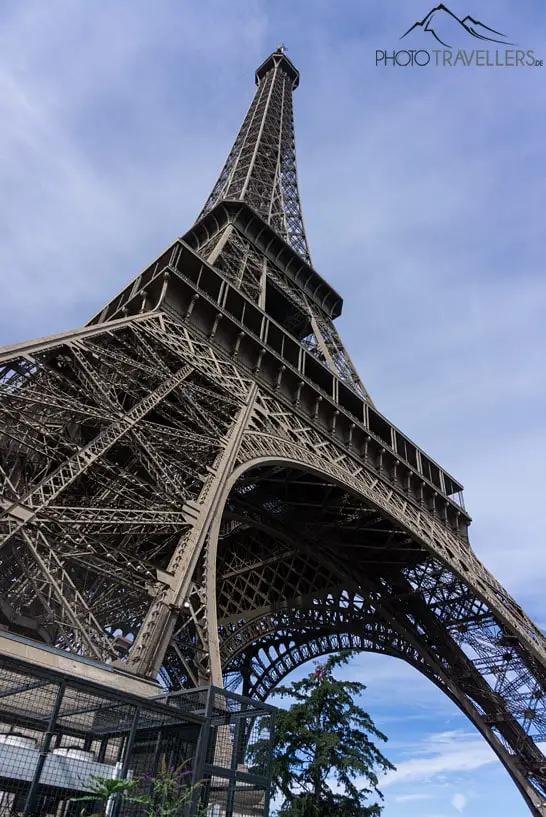
Paris with children - the 20 top highlights for families
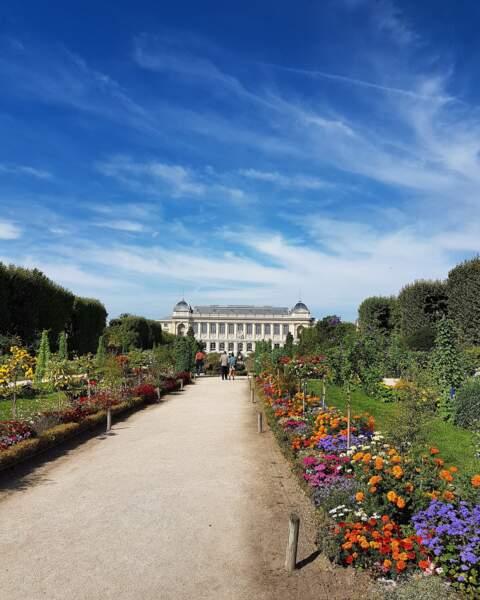
What to do in Paris if you love nature: 10 must-see places
Halal restaurant Paris: the top 42 best places

Top 8 Places to Celebrate New Year's Eve 2024 in Paris
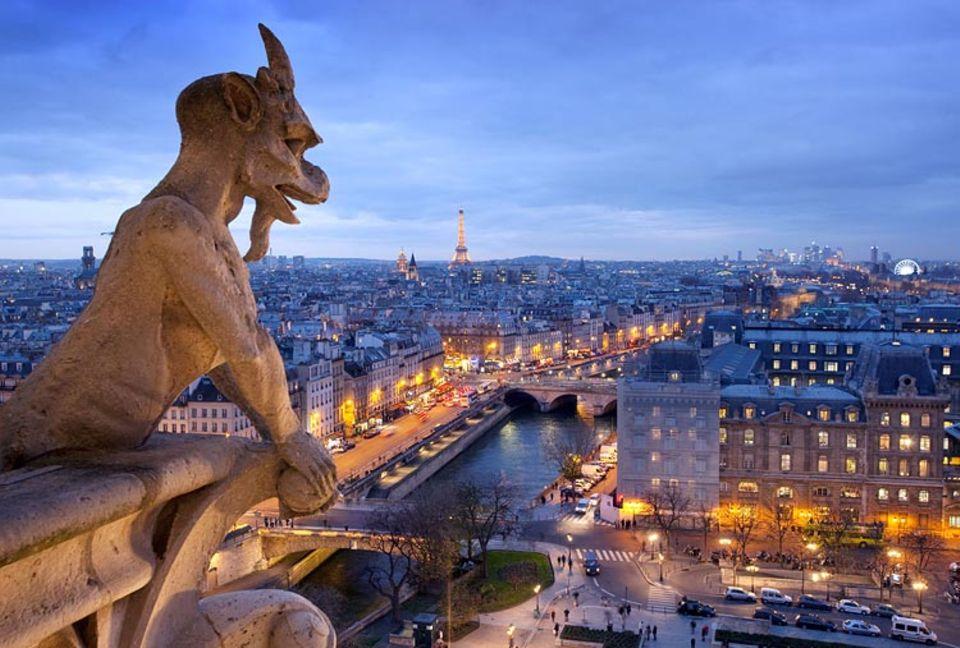
City trip: Paris from above
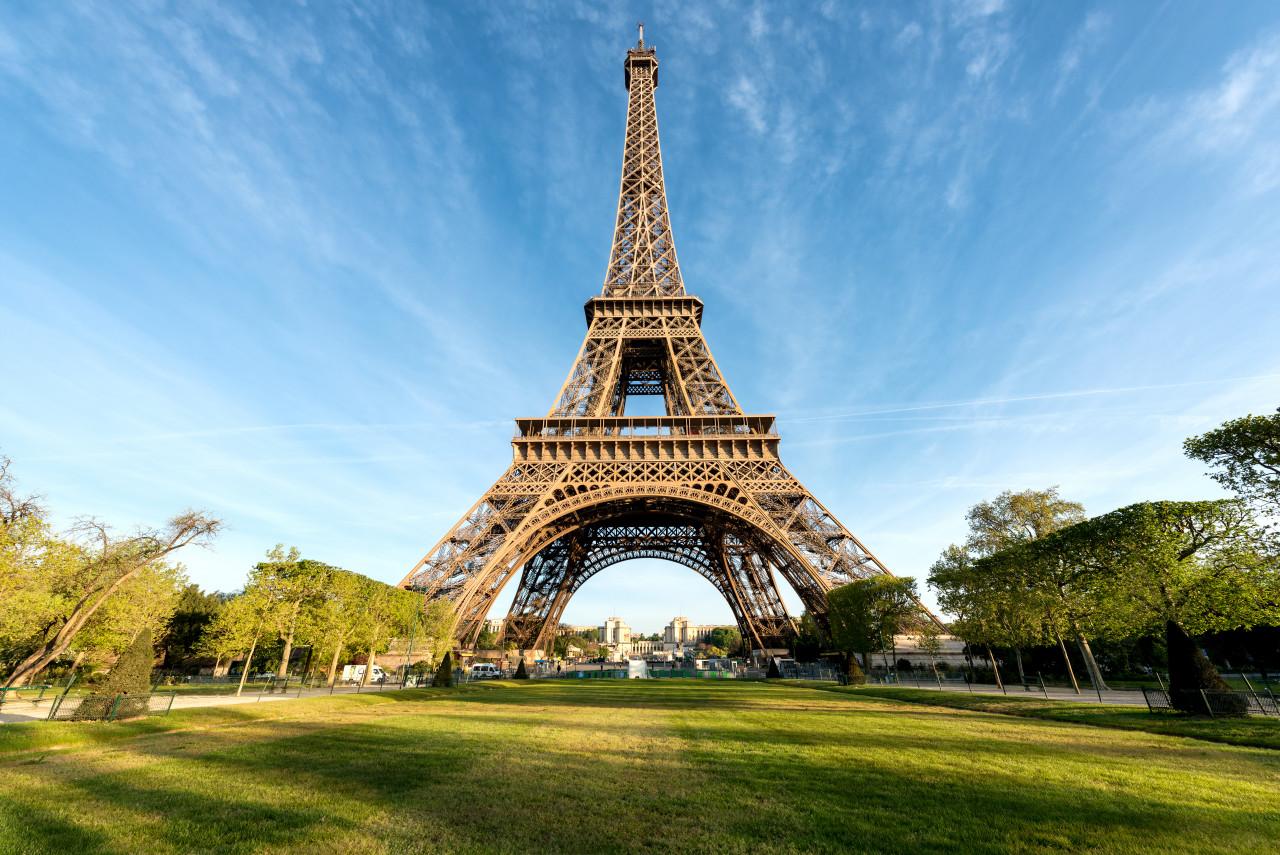
Visit the Eiffel Tower in Paris: timetables, prices and tips